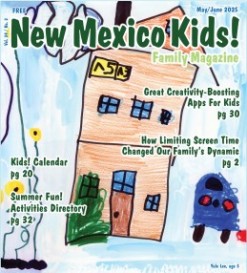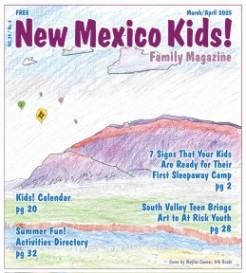Phone Museum
Museum In ABQ Explores History Of Telephones And Communication In NM
Phone Museum
August 26, 2022By WENDY KAPLAR
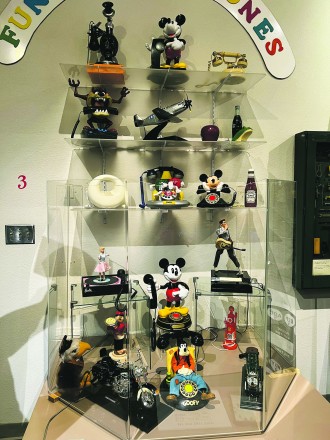
A little-known museum in downtown Albuquerque displays the history of telecommunications in the state and beyond. The Telephone Museum of New Mexico opened its doors to the public on June 29, 1997.
Before that, there was only a “Museum Room” located in what was once the AT&T building, built in 1906 to house Bell System operators who connected calls between New Mexico and the rest of the United States. The Museum Room had showcased a modest but noteworthy slice of telephone history.
With the acquisition of the four-story dedicated museum space came the need to enlarge the collection of telephone memorabilia. Sixty-five museum volunteers reached out to former telephone workers, who swiftly responded. “We put out feelers to old telephone workers and voilá, things started coming out of garages and sheds,” said Susie Turner, museum volunteer, treasurer and publicist.
Upon entering the museum on 4th Street just north of Central Avenue, visitors find the greeter’s desk, where volunteers offer a cheery welcome and a polite request for a signature in the museum guest book. The museum does not charge an entry fee, but instead suggests a donation of $4 to support upkeep and operation. Funding also comes from the sale of inscribed brass plaques for a wall of tribute.
The museum averages about 3,000 visitors a year. Guests can choose to leisurely walk around and experience the museum’s displays or they may enjoy an educational, in-depth exploration with a volunteer docent – included with their $4 donation.
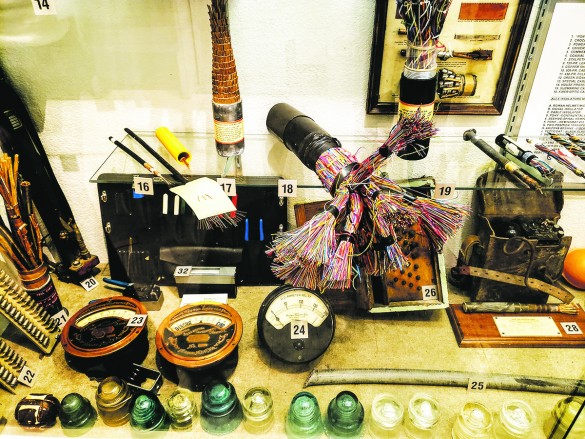
Tours begin to the right of the greeter’s desk where two 20th-century phone booths stand as if waiting for a youngster from an earlier time to deposit two coins and tell their mother what time they’ll be home. Across from the phone booth display is an extensive installation of late 19th century and early 20th century wall phones. Visitors are encouraged to stretch their imagination and consider what it must have been like to operate one of these early pioneering forms of telephone communication. Signs and photos detail where each wall phone was acquired, who used it and for what intent. The wall phones’ histories are as unique as their design and purpose.
Many museum volunteers are former telephone operators and workers or are affiliated with telephone communications. They have firsthand experience and expertise using some of the museum’s assortment of telephones and switchboards. They are living encapsulations of history and contribute to making the museum’s Learning Resource Room a highlight of the facility. Telephone museum volunteers are dedicated to passing on their knowledge of telephone operations and communication systems to the next generation. And they are just as committed to ensuring the learning process is fun.
Old rotary phones act as props for children learning to answer an incoming call, connect a call or dial 911 for emergency assistance. Volunteers instruct children how to best assist a 911 operator in an emergency by calmly recalling and describing as many details as possible.
“I tell them to practice observation skills while standing in line at the store,” Turner said. “Try to look at all the details within their environment, where they are and what the space looks and sounds like around them. Think and try to recall what you observed.” Children are also allowed hands-on exploration of a 1970s video phone, classic pay phone, wall phone and a Magneto United States Army Field Phone. Children’s groups from schools, clubs and community associations can contact the museum for a tour that includes the Learning Resource Room.
An attention-grabbing life-size display is another stop on the journey through yesteryear. An audio recording transports the listener to the home of telephone operator Susan Parks, who used her telephone operating skills to warn the U.S. Calvary of an impending raid by Poncho Villa and his army on March 9, 1916, in Columbus, N.M.
On the way to the next installation, halls are lined with old switchboards and antique portable testing kits used by former telephone workers to ensure lines of communication remained open and uninterrupted.
The System Room offers a timeline detailing the history of telecommunication innovations using full-scale mannequins and recorded narrations. Topics include the history of inventor Alexander Graham Bell, the invention of the U.S. Army teletype machine, the advancement of the transistor, the silicon wafer, the installation of the undersea transatlantic telegraph cable, the launch of the first Telstar satellite and the separation of AT&T Corporation into seven Regional Bell Operating Companies.
The museum also exhibits mementos from the 1984 Olympics in Los Angeles and past Albuquerque Balloon Fiestas. Objects include Olympic Games posters, Olympics-themed telephones designed to commemorate the occasion and even a torch. There also is a display of Albuquerque Balloon Fiesta collectible pins. Historical photos depict the early evolution of the telephone industry by illustrating the work of linemen, operators and telephone workers throughout New Mexico.

The basement houses a telephone exchange ringing machine. The machine’s motor-generators converted the backup battery supply into the AC supply required to ring a city’s telephones. Switchboards from well-known New Mexico landmarks, including Presbyterian Hospital and the Belen Harvey House, are included. Also exhibited are linemen’s telephone pole climbing stirrups, a wall of office telephone computer machines and a glass case filled with miscellaneous telephone industry-related items.
It’s a bird! It’s a plane! It’s a Superman Booth? A city telephone booth adorned with Daily Planet newspapers is the final exhibit. Clark Kent’s familiar black glasses rest upon the phone booth’s shelf, signaling that the mild-mannered reporter has recently transformed into the Man of Steel. Young superhero enthusiasts are sure to be thrilled with this display. What a return on a $4 investment.
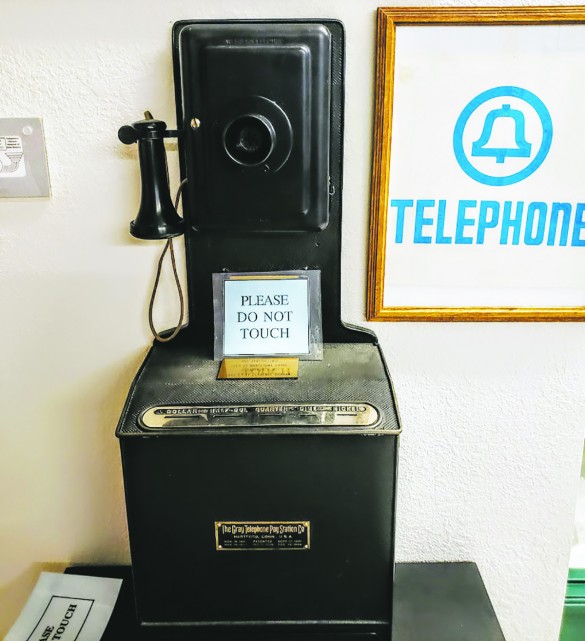
Telephone Museum of New Mexico
110 4th St. NW, Albuquerque
505-842-2937
Open 10 a.m. to 1:30 p.m., Mondays, Wednesdays and Fridays and by appointment.
A donation of $4 for adults and $3 for kids 12 and under is suggested.
The museum also has a gift shop.
Virtual Tour: unlimiteddronesolutions.com/telephonemuseumnm


